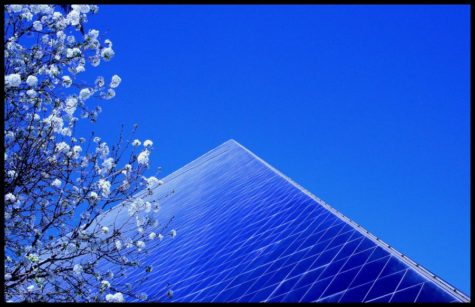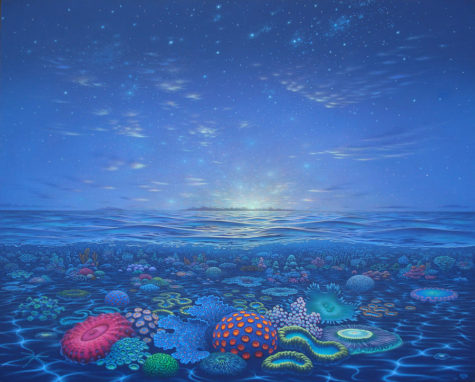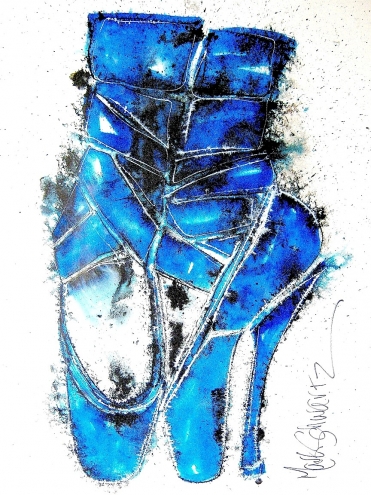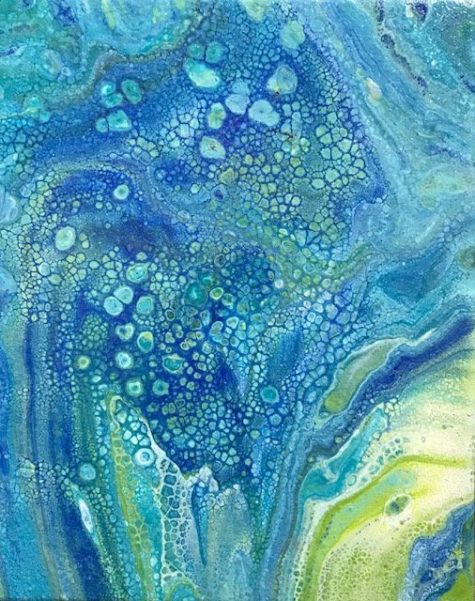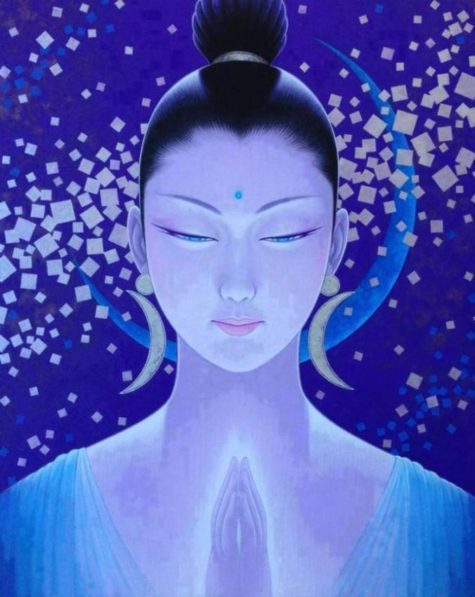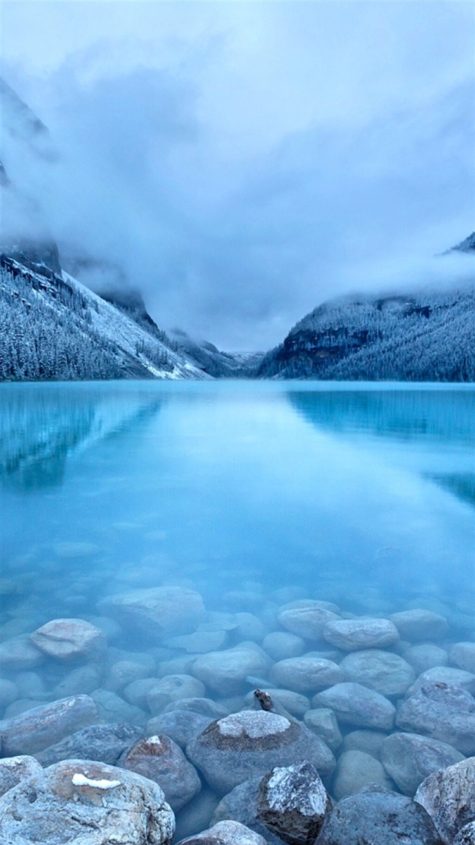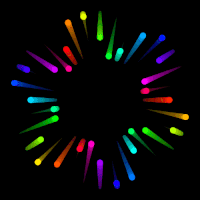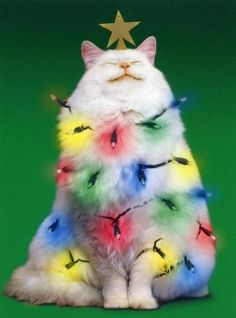Monthly Archives: June 2017
Blue – In Depth
In Egypt, blue was associated with the sky and with divinity. The Egyptian god Amun could make his skin blue so that he could fly, invisible, across the sky.
Blue could also protect against evil; many people around the Mediterranean still wear a blue amulet, representing the eye of God, to protect them from misfortune. In Islam,blue (including turquoise) is the color both of religion and community and is often used for decorating mosques.
In Greek and Roman days, blue symbolism was associated with the sky gods Jupiter, Juno and Mercury. In Judaism, blue symbolism is connected to God the Father. In the Catholic Church, blue symbolism is most closely related to the Virgin Mary, the Queen of Heaven.
Blue symbolism associates blue with freedom, strength and new beginnings. Blue skies are emblematic of optimism and better opportunities. Blue is the color of loyalty and faith. Blue is power. Blue is also the color of protection. Blue symbolism is nearly universal in meaning. As a result, blue is used in national flags and symbols around the world, including the flag of the United Nations.
Blue represents water, the source of life. Agricultural people have traditionally worshiped water in the form of rivers, clouds, mist and rain. Many favorite garden flowers are also blue, including delphinium, larkspur, pansies, irises, anemone, bluebells, hyacinth, lobelia, veronica, and ageratum.
Although blue is even more popular in the western world than is other areas of the world, blue skies and blue water are full of positive meaning in every culture. We are, after all, living on the “blue planet.”
Etymology:
The English language commonly uses “blue” to refer to any color from navy blue to cyan. The word itself is derived from the Old French word bleu.
The modern English word blue comes from Middle English bleu or blewe, from the Old French bleu, a word of Germanic origin, related to the Old High German word blao. In Russian and some other languages, there is no single word for blue, but rather different words for light blue (голубой, goluboy) and dark blue (синий, siniy).
The root of these variations was the Proto-Germanic blaewaz, which was also the root of the Old Norse word bla and the modern Icelandic blar, and the Scandinavian word bla, but it can refer to other colors.
A Scots and Scottish English word for “blue-grey” is blae, from the Middle English bla (“dark blue,” from the Old English blood). Ancient Greek lacked a word for color blue and Homer called the color of the sea “wine dark”, except that the word kyanos (cyan) was used for dark blue enamel.
Several languages, including Japanese, Thai, Korean, and Lakota Sioux, use the same word to describe blue and green. For example, in Vietnamese the color of both tree leaves and the sky is xanh. In Japanese, the word for blue (青 ao) is often used for colors that English speakers would refer to as green, such as the color of a traffic signal meaning “go”.
 Spectral coordinates:
Spectral coordinates:
- Wavelength: 450-495 nm
- Frequency: 670-610 THz
Color coordinates:
- Hex triplet: 0000FF
- sRGBB: (0, 0, 255)
- HSV: (240°, 100%, 100%)
Note: This post was compiled by Shirley Twofeathers for Color Therapy, you may repost and share without karmic repercussions, but only if you give me credit and a link back to this website. Blessed be.
Using The Color Blue
The colour blue – that is my colour – and the colour blue means you have left the drabness of day-to-day reality to be transported into – not a world of fantasy, it’s not a world of fantasy – but a world of freedom where you can say what you like and what you don’t like. This has been expressed forever by the colour blue, which is really sky blue. ~Louise Bourgeois
Light blue rooms are said to increase productivity and to assist with study and focus. There are reports that people retain more information when reading blue text. Students may score higher on tests taken in blue surroundings . Some sport performance such as weightlifting , may be enhanced in blue surroundings. This is possibly because blue has the effect of calming people and of enhancing mental clarity. Blue is also a good color for bedrooms because of its calming and relaxing qualities it helps people be receptive to sleep. Darker shades of blue can be cold and depressing.
Questions to ask yourself when drawn to blue:
- Is there a need to talk to people around you?
- What do you need to express to others?
Put blue in your life when there is:
- A need to calm agitated, excitable, or chaotic states.
- Exposure to blue light can increase confidence and boost happiness levels.
- Blue is excellent for emotional healing of stress and anxiety in moderation. Too much blue can can increase depression and apathy in those so inclined.
- A need to communicate clearly.
- Use blue paper for notes when you want help in remembering a speech or other information.
- A need for peace, detachment, solitude, and rest.
- A need to help with new information or in seeing information in context.
- A block or limitation to the flow of information and/or frustration, disappointment, and lack of progress in your endeavors and relationships.
- By helping to soothe the mind, blue is the color of truth, serenity and harmony.
- It has a sobering effect on the mind and encourages contemplation, promotes group unity.
- It discourages disease and disharmony.
- Helps reduce and manage “hot” emotions like anger, impatience, greed, or jealousy. It can help with self control and in chaotic situations.
- A desire to broaden your perspective in learning new information.
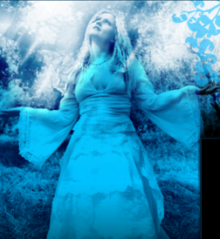 Wearing Blue:
Wearing Blue:
Blue denim is the most common clothing material in the western world. Men and boys in particular favor blue.Wear dark blues for a stable, calm conservative feeling. All shades of blue will help to make easy communication, whether it is with yourself or others.
Loving blue:
More people claim blue as their favorite color than any other color (over 50%). Blue cars have been among the top selling cars for decades.
In systems which correlate favorite colors with color symbolism, people who wear light blue are said to be analytical and have a practical approach to life. People who wear dark blue are intelligent and self-reliant and take on a great deal of responsibility. In any case, people are comfortable with blue and return to blue again and again.
Blue is often the chosen color by conservative people. Cool and soothing, dreamy and magical. Peace and rest. For people who keep a certain distance, but give calm and practical help; they are faithful and loyal, have a sense for order, logic and rational thinking. Flying in day-dreaming, ideals or nostalgia when felt misunderstood. Dark blue is more severe and can be melancholic. Blue is also the color of truth.
Not loving blue:
A person who has an aversion to blue, may be very disciplined, strong career worker, with an aversion to commentary or restriction. He may have charted out a clear direction for his life and wants to follow that no matter what.
Note: This post was compiled by Shirley Twofeathers for Color Therapy, you may repost and share without karmic repercussions, but only if you give me credit and a link back to this website. Blessed be.
Variations of the Color Blue
Blue is the only color which maintains its own character in all its tones…
~Raoul Dufy
Aqua: is the color of high ideals.
Azure blue: A color of true contentment, azure inspires determination and ambition to achieve great things, a sense of purpose in striving for goals.
Dark blue: This is the color of truth and moderation. Dark blue is the color of conservatism and responsibility. Although it appears to be cool, calm and collected, it is the color of the non-emotional worrier with repressed feelings, the pessimist and the hypocrite. Dark blue can be compassionate but has trouble showing it as its emotions run deep. Dark blue is a serious masculine color representing knowledge, power, and integrity, and is used quite often in the corporate world.
Indigo: is a great purifier of the bloodstream and also benefits mental problems. It is a freeing and purifying agent. Indigo combines the deep blue of devotion with a trace of stabilizing and objective red. Indigo is cool, electric, and astringent. Indigo links with and stimulates the brow chakra (third eye) and controls the pineal gland. It governs both physical and spiritual perception.It can be of great assistance in dealing with ailments of the eyes and ears.
Midnight blue: This color has a sedative effect that promotes meditation and intuition.
Navy blue: Navy blue can be associated with restrictive environments. It has much of the same effect as a dark blue.
Pale blue: Pale blue inspires creativity and the freedom to break free.
Sky blue: One of the calmest colors, sky blue inspires selfless love and fidelity. It is non-threatening and promotes a helpful nature that can overcome all obstacles. It is the universal healer.
Turquoise: is the symbol of youth, both the color and the gemstone. This color has a soothing affect. Turquoise is the color of communication. It contains the growth quality of green with the blue quality of communication. Turquoise has long been used in amulets to provide protection, health, confidence and strength. Increases intuition and sensitivity. Works disinfecting and antiseptic. Tones the general system. Builds the skin. Relaxes sensations of stress.
Note: This post was compiled by Shirley Twofeathers for Color Therapy, you may repost and share without karmic repercussions, but only if you give me credit and a link back to this website. Blessed be.
Healing With The Color Blue
Whenever I feel blue, I start breathing again.
~L. Frank Baum
Overview:
Dr. Edwin Babbitt, in his classic, “The Principles of Light and Color,” states that “The Blue Ray is one of the greatest antiseptics in the world.”
Blue is an all purpose healing color and a great antiseptic and astringent, it discourages disease and disharmony, calms the mind and nerves. Cooling, calming, and protecting, it relaxes the nervous system, helps reduce fever, inflammation and bleeding.
Blue is associated metaphysically with the throat and thyroid gland. Blue-colored light has been shown to reduce blood pressure. Blue calms the autonomic nervous system and is anti-inflammatory. Dark blue affects the pituitary gland, the regulator of sleep. Dark blue also reduces pain and strengthens the skeleton by keeping bone marrow healthy.
Light and sky blues are those most often used in healing work. Blue is good for soothing body, mind and spirit, highly recommended in case of shock. It is very good for treating burns, chickenpox and mumps. In moderation, blue is excellent for emotional healing of stress and anxiety (too much can increase depression and apathy in those so inclined),
The color blue also helps reduce and manage “hot” emotions like anger, impatience, greed or jealousy.
Healing with the color blue:
- Blue is cooling, electric, astringent.
- Good for emotional healing.
- Use a blue light for measles, chickenpox and mumps.
- It can help with self control and in chaotic situations.
- Highly recommended in case of shock.
- Cools down inflammations, fevers, and high blood pressure.
- Stops bleeding.
- Relieves the headaches.
- Calms the mind and nerves.
- Calms strong emotions like anger, aggression or hysteria.
- Brings tranquility.
- Great for insomnia.
- Enhances antiseptic effects
- It is used for stings, itches, rashes and bites.
- Soothing to the eyes.
- Anti-itching.
- Anti-irritation (for instance redness of the skin).
- Anti-stress.
- Soothes suffering.
- It is good for cooling, calming, reconstructing and protecting.
- A great antiseptic and astringent.
- It is very good for treating burns.
- Cooling, calming and protecting.
- It relaxes the nervous system.
- Helps reduce fever, inflammation and bleeding.
- Blue can be used for any type of ailment associated with speech, communication, or the throat.
- Excellent for laryngitis or inflammation of the larynx.
- Also can be used for tooth problems and associated pain and inflammation.
Contra-Indications
- Blue can increase depression, tiredness and sorrow, so its use should be observed carefully and darker shades should be used only moderately.
Note: This post was compiled by Shirley Twofeathers for Color Therapy, you may repost and share without karmic repercussions, but only if you give me credit and a link back to this website. Blessed be.
The Color Blue
There are connoisseurs of blue just as there are connoisseurs of wine.
~ Sidonie-Gabrielle Collette
Blue is the coolest color – the color of the sky, sleep, twilight, and the deep sea. Blue is the color most commonly associated with harmony, faithfulness, and confidence. It is overwhelmingly the most popular color, chosen by almost half of both men and women as their favorite color. It is also commonly associated with the sky, the sea, ice, cold, and sometimes with sadness.
The ancient Egyptians used lapis lazuli to represent heaven. Blue symbolizes the Virgin Mary. A pure blue is the color of inspiration, sincerity and spirituality. It contains a cool vibration that is helpful to communication. Blue is the calming color. That makes it a wonderful color to use in the home, especially for babies. Blue is so soothing that it is a good choice for pajamas. A blue iris means your friendship is very important to me. Wednesday’s color is blue.
Blue gives a feeling of distance. Artists use it to to show perspective. This is a good way to understand the energy of the color blue – it allows us to look beyond and increase our perspective outward. Blue relates to the future in linear time, as it is a faster moving frequency than we experience in the physical. Researchers at Cornell University discovered that applying blue light to the backs of the knees resets the body’s internal clock, eliminating jet lag and the sleep disturbances that accompany shift work.
Blue links with and stimulates the throat chakra. The throat chakra is often referenced as the “power center” and “the greatest center in the body” because it is the primary center of expression and communication, through speech.
The vibration of blue can be used to open energy flow where it is blocked. Using blue to relax will encourage feelings of communication and peace. To help remember a speech, write your notes on blue paper.
Blue light has been found to significantly reduce the pain of arthritis – the longer the exposure the better the results. Blue acts as an antiseptic and cooling agent, and enhances the natural flow of energy. Excellent for inflammations including those of internal organs, also good for cuts and burns.
Note: This post was compiled by Shirley Twofeathers for Color Therapy, you may repost and share without karmic repercussions, but only if you give me credit and a link back to this website. Blessed be.
